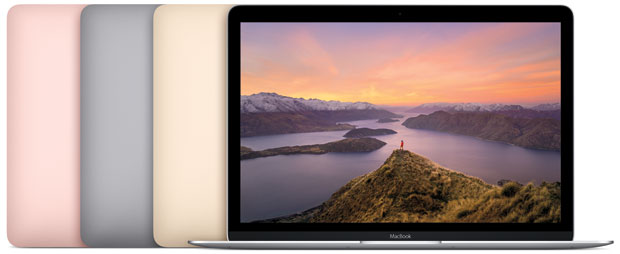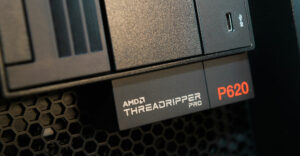Apple on Tuesday announced a refreshed MacBook with some incremental improvements but nothing likely to dazzle even the staunchest Mac fans.
What’s new:
- a sixth-generation dual-core 1.1 GHz Intel Core M3 Skylake processor
- an Intel HD Graphics 515 integrated graphics processor
- faster, PCIe-based flash storage
- increased battery life
- rose gold finish
- a redesigned keyboard
- removal of LEDs behind the keys
- a Force Touch trackpad
- a downgraded FaceTime camera
- no fan
The MacBook has one USB-C port and has built-in 802.11ac WiFi and Bluetooth 4.0. It runs OS X El Capitan.
Available on Apple’s website from Tuesday, and in Apple’s retail stores and at select authorized resellers from Wednesday, the MacBook starts at US$1,300.
The improved battery life and fanless design got the attention of Eric Smith, a senior analyst at Strategy Analytics.
“Battery life is always top of mind for consumers,” Smith told TechNewsWorld.
However, he was “a little disappointed” that there has been no improvement to display resolution, as “more PC OEMs are going to 4K displays in this price tier.”
It’s All About the Chip
“Basically, all of the innovation for this new notebook came from Intel, not Apple,” noted Rob Enderle, principal analyst at the Enderle Group.
The Skylake processor “is Intel’s strongest effort to get their arms around the need to blend performance and mobility,” he told TechNewsWorld. “Generally, you get both better performance and longer battery life.”
Using the Skylake processor allowed Apple to omit the fan in the latest MacBook, Enderle said.
“Apple has done away with the fan before, but they did it by throttling the processor so, in effect, you ended up paying for performance you only got until the processor was forced to slow down because of heat,” he explained. “The M version of Skylake shouldn’t need to be throttled, which means this may be the first MacBook in a long time where you’ll actually get what you pay for.”
Bridled Enthusiasm
The MacBook’s early reviews were mixed.
In general, reviewers liked its slimness and the new trackpad, but pointed out it has a slower processor than other Mac notebooks and thus is better suited for lighter use.
They also expressed concern about the lack of ports, the new keyboard — which has larger keys, and the high price.
The consensus appears to be that the new MacBook is a product for a niche market.
Cutting Costs to Boost Profits
“It looks like Apple stripped out features in order to increase margins, and even the M processor should be cheaper than what they’d been using,” Enderle commented. “Apple’s PC business, much like the rest of the market, is in slow decline, and they appear to be shifting to a cost containment strategy.”
However, that’s “inconsistent with its brand, which is associated with luxury, and reviewers are apparently noticing,” he added, and MacBook sales might take a hit as a result.
On the other hand, Apple may have gone that route with the new MacBook because it’s “tiering its products as the PC market continues to slow,” suggested Strategy Analytics’ Smith.
The iPad Pro “plays an important part of the tiering for computing devices at Apple now,” he pointed out. As computing becomes increasingly mobile, “laptops need to become thinner, lighter, and offer more power to compete with relatively low-cost products like the 12.9-inch iPad Pro.”
Windows-based notebooks with 4K resolution are in roughly the same price range as the new MacBook, and, while it would take a lot for most Apple users to switch to Windows, “that is what happened when Apple last did this in the 1990s,” Enderle observed.
The company “appears to be positioning the iPad Pro against this possibility,” he said, “and I expect their end game is to migrate Mac users to iPad Pros over time.”
However, “the Surface Pro has been cutting a broad swath through the iPad market … and the iPad Pro isn’t there yet. This could end up being a huge gift to Satya Nadella.”























































